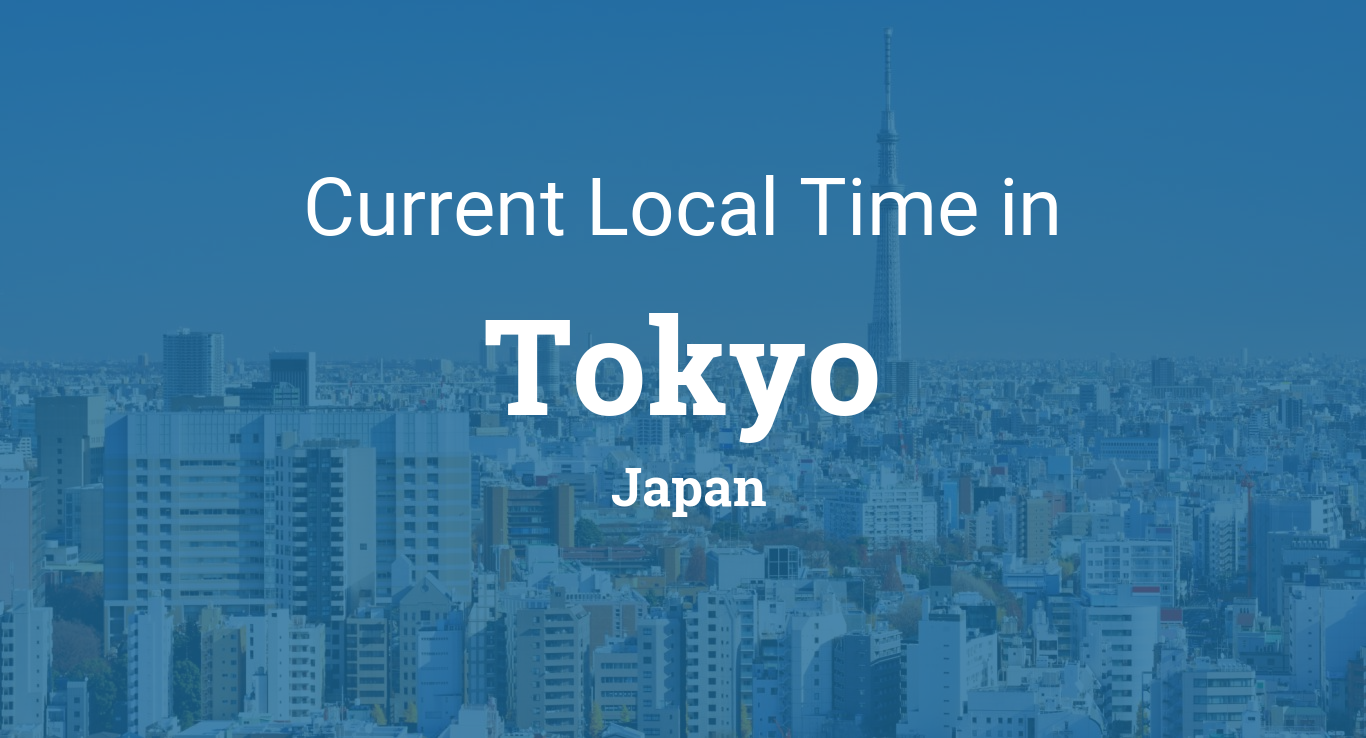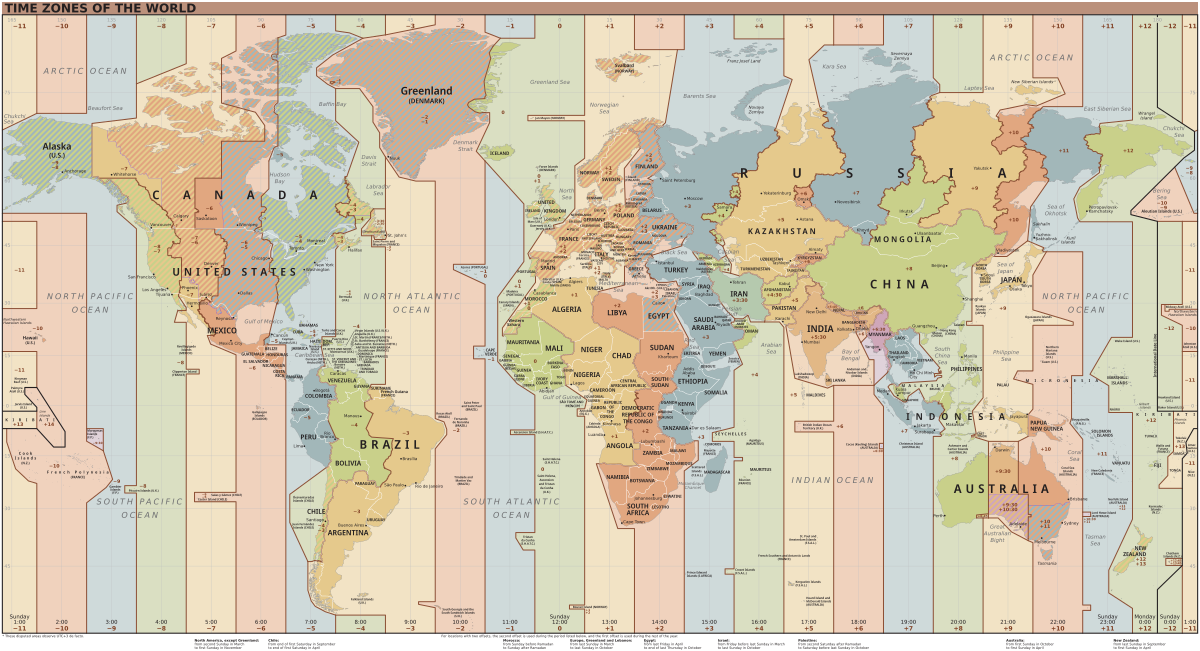- blog.title
- Local Time in Japan
Local Time in Japan
Local Time in Japan: How to Adjust for Your Trip
Planning a trip to Japan involves much more than booking flights and packing a suitcase—it requires understanding the local time zone and preparing for the impact of time differences on your body and itinerary. Whether you’re exploring the bustling streets of Tokyo, strolling through Kyoto’s ancient temples, or riding the bullet train between cities, knowing Japan’s time zone and how to adapt is crucial to making the most of your journey. This guide breaks down everything you need to know about local time in Japan and how to adjust effectively.
Current Local Time in Tokyo, Japan

Understanding Japan’s Time Zone
Japan Standard Time (JST) is consistently UTC+9 (Coordinated Universal Time plus nine hours), making it one of the easternmost time zones in the world. Unlike many countries, Japan does not observe daylight saving time, which simplifies time calculations throughout the year Japan does not practice daylight savings time. This means the local time in Tokyo, Osaka, Sapporo, or Okinawa is always UTC+9, regardless of the season. This uniformity across the country is convenient for travelers with multi - city itineraries. Unlike larger nations with multiple time zones (such as the U.S. or Russia), you won’t need to reset your watch when traveling between Japanese prefectures. Whether you're in Aomori in the north or Kagoshima in the south, the time remains the same. This consistency simplifies travel planning—your train, flight, and showtimes will all be in JST.
World Time Zones Map

Time Differences with Major Global Cities
The time difference between Japan and other countries can be substantial, especially for travelers from North America and Europe. Understanding these differences helps you schedule calls home, manage expectations for flight arrivals, and avoid scheduling missteps during your trip. According to the Japan Hotel Association, the time differences are as follows:
- Los Angeles (PST): 17 hours behind Japan (e.g., 8 PM Monday in LA = 1 PM Tuesday in Tokyo)
- New York (EST): 14 hours behind Japan
- London (GMT): 9 hours behind Japan
- Paris (CET): 8 hours behind Japan
- Sydney (AEST): 1 hour ahead of Japan
- Seoul: Same time as Japan (UTC+9)
For travelers from the U.S. West Coast, a 7 PM dinner means it's already 10 AM the next day in Japan. This dramatic shift often contributes to severe jet lag.
No Daylight Saving Time: A Traveler’s Advantage
One of the easiest aspects of Japan’s time system is the absence of daylight saving time (DST). Unlike the U.S., UK, and many European countries that “spring forward” and “fall back,” Japan maintains JST year - round. This means you can plan your trip without worrying about sudden time changes that might affect your hotel check - in, train schedules, or restaurant reservations. As noted by travelers on the Planetyze forum, the lack of DST and single time zone makes scheduling significantly easier, especially when booking bullet trains or domestic flights.
Managing Jet Lag When Traveling to Japan
Jet lag can be one of the biggest challenges, particularly after long - haul flights from the Americas or Europe. Crossing multiple time zones disrupts your circadian rhythm, leading to fatigue, insomnia, and poor concentration. But with strategic planning, you can minimize these effects.
Choose Your Flight Wisely
Experts recommend selecting either:
- A red - eye flight (e.g., departing Los Angeles at midnight), which arrives in Tokyo early morning. Although it’s only 5 AM local time, your body thinks it’s noon. Staying awake until evening helps reset your internal clock faster.
- An early departure flight so you can rest en route and arrive in the local evening, allowing for a full night’s sleep advice to support the jet lag.
Arrival Tips to Speed Up Adjustment
Upon arrival:
- Stay awake until 9–10 PM local time, even if you’re exhausted. Exposure to daylight helps regulate melatonin production.
- Hydrate well—air travel dehydrates you and worsens fatigue.
- Eat local meals to help reset your biological clock.
- Consider a short nap (20–30 minutes) if needed, but avoid long sleep that disrupts nighttime rest.
"Your first day might be a little tough. We recommend that you plan for a rather quiet day and simply chill," advises Japan Experience.
Image Source: TikTok – Travelers share real - time adjustment tips
Practical Tips for Scheduling During Your Trip
With Japan on JST, it's essential to adjust your devices and mindset to local time. Most smartphones automatically update to the local time zone when you enable location services. However, always verify this upon arrival.
- Use a time zone converter tool, like the one from Time and Date, to coordinate with home or plan international calls.
- Book events, tours, and appointments using local time to avoid confusion.
- Note that Japanese businesses and public transit run on precise schedules. For example, Shinkansen (bullet train) timetables are exact—arrive early and be ready to board promptly.
Sunrise and Sunset in Japan
The daylight hours in Japan vary seasonally. In Tokyo, for instance, sunrise can be as early as 4:30 AM in summer and as late as 6:50 AM in winter. Sunset typically ranges from 4:30 PM in December to 6:30 PM in June. Planning outdoor activities during daylight hours ensures you get the most out of sightseeing. For current and daily sunrise/sunset data, websites like Time-Time.net provide detailed local sun information, including twilight times.
Final Thoughts
Understanding and adjusting to Japan’s time zone is a small but vital part of a successful trip. With its consistent UTC+9 time and no daylight saving changes, Japan offers a predictable time environment—great news for travelers. However, the significant time differences from Western countries require proactive jet lag management. By selecting the right flight, staying awake until local bedtime, and embracing daylight and routine, you’ll synchronize your body clock in just a day or two, ensuring you’re ready to experience all that Japan has to offer—from serene gardens to neon - lit skyscrapers. Plan smart, rest well, and let JST guide your journey.
